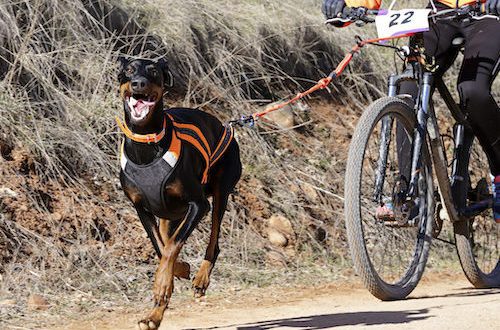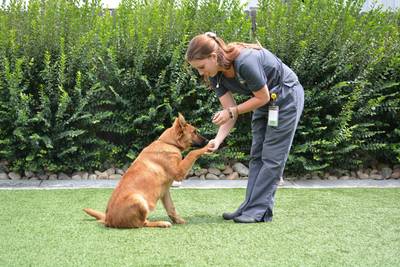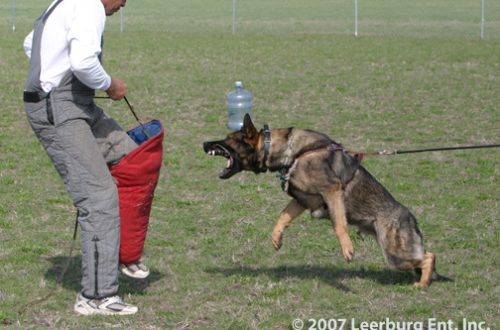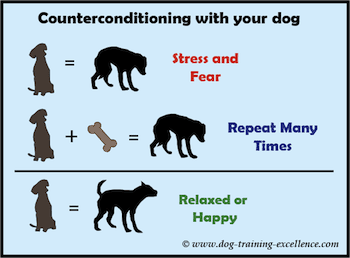
Di perwerdehiyê de dijberî çi ye?
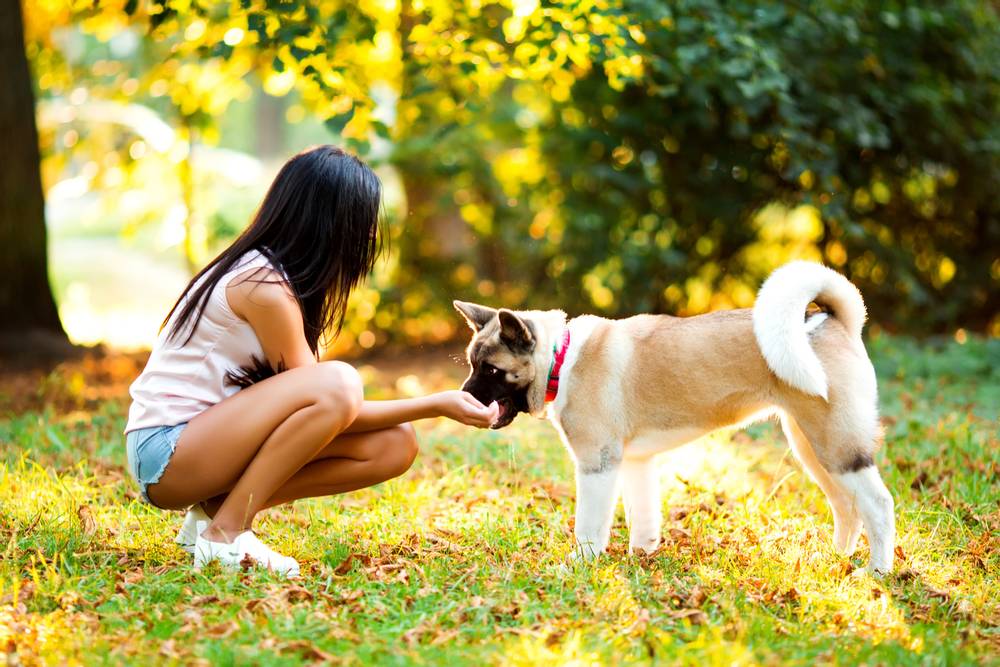
Despite the fact that counterconditioning is a scientific term, in life every master has encountered this method at least once, perhaps even unconsciously used it.
Counterconditioning in training is an attempt to change a pet’s negative emotional response to a stimulus.
Simply put, if the dog is stressed in certain situations, this method of training will help rid the pet of the negative perception of the object that causes stress. For example, a pet is afraid of a vacuum cleaner. Perhaps one kind of this technique puts him into a state of panic. Counterconditioning will help to get rid of hatred for the device.
Çawa dixebite?
The counterconditioning method is based on the works of the famous Russian scientist academician Ivan Pavlov and his famous experiments with dogs. The main tool of the owner of the animal is positive reinforcement. What does the dog love the most? Delicacy. So it will be the very positive reinforcement, and it should be used as a tool.
To rid your dog of the fear of a vacuum cleaner, place the animal in a room with this device. But first, at a comfortable distance for the dog. Give her a treat. Gradually reduce the distance between the vacuum cleaner and the dog, while feeding him a treat each time.
After the vacuum cleaner is very close to the pet, you can start turning on the machine. At first, only a fraction of a second will be enough: they turned it on and turned it off almost immediately, while not forgetting to treat the dog. Then leave it on for a few seconds and increase its time over and over again. As a result, the dog will stop paying attention to the vacuum cleaner. Fear and panic will be replaced by a pleasant association with a treat.
By the way, the same principle works great if the dog is afraid of firecrackers, thunder or other irritants.
Divê ez li çi bigerim?
Don’t wait for your pet’s reaction to the stimulus.
The most important difference between counterconditioning and other training methods is that it does not try to reinforce the pet’s positive response. For example, when practicing the “Sit” command with a dog, the owner gives her a treat only after the task is completed correctly – this is how he reinforces her behavior. There is no need to wait for the pet’s reaction in counterconditioning.
Şaşî. Sometimes owners subconsciously expect to see a reaction to a stimulus and only then give a treat. You can’t do that. As soon as the stimulus starts, a treat immediately follows. Otherwise, the dog will associate receiving the treat with something else. For example, with a look at the owner or a look in the direction of the irritant, at the same vacuum cleaner.
Use treats as directed.
Anything that makes the dog delight, be it toys or food, can serve as a tool that should develop a positive reaction. But treats are easier and faster to get, which is why they are used more often. In addition, for most dogs, food is the best reward, and therefore the most enjoyable.
Şaşî. Some owners, raising a pet, give a treat just like that, without exposure to an irritant. This indiscriminate feeding will cause the dog to associate the treat with your presence, and not with the frightening vacuum cleaner or the loud clapping of firecrackers. And all attempts to cope with the reaction to the stimulus will fail.
Bêhnvedanê bikin.
It is important not to be too hasty in approaching the pet to the irritant. Simply put, firecrackers shouldn’t explode every minute, and a vacuum cleaner shouldn’t be next to a dog after one hour. Patience is half the success in counterconditioning.
Şaşî. There are many videos on the Internet in which the dog, after a couple of hours of working with counterconditioning, really stops paying attention to the stimulus. But the problem is that in a few days she will forget everything she was taught, and will probably again react negatively to the stimulus.
Another point: owners often complain that the dog does not take a treat next to the irritant. Most likely, in this case, it is simply located too close to the pet. Frightened, the dog will simply not pay attention to food.
Decemberile 26 2017
Rojanekirin: Çile 5, 2018



